How To Get Hundreds of Free Books
...and then visit Paris with the money you save. Is this Reader Math?
A book to read: NEVERS by Sara Cassidy
Don’t you just love unexpectedly delightful books?
NEVERS wasn’t on my radar. It’s never gone viral on TikTok or been gushed about on BookRiot, and I’d never heard to the book before picking it up.
Now? It’s one of my favorite books. I love being unexpectedly delighted.
Kirkus agrees, calling the book an “unexpectedly rich” sojourn into 18th century France.
Somewhere between a YA and a middle grade book, this wee little gem of a book centers on 14 year old Odette. Every time her mother accidently kills another husband, she and Odette flee to yet another French city.
When they arrive in Nevers (a real city in Burgundy) on the back of a cheese wagon, our story gets started. Odette sweeps up after her mother’s mistakes, secures lodging and embers for the fire, befriends Niçois, solves the mystery of why a donkey would be speaking Latin, and finds…well, I don’t want to spoil it, but she finds something really, really great.
The surprises and subtle twist are delightful, the small town vibes are immersive, the characters are charming, and there is a loving reference to intersexuality towards the end.
I rarely re-read middle grade novels, but I always reach for this book when I need a slice of comfort. The book conveniently came out in 2019, so it lived on my nightstand during those early panicky day of the pandemic.
Every year, I read the bits about the French Revolution out loud to my students (see below).
A place to explore: The Petit Trianon
Sadly, my family didn’t visit Nevers when we were in Europe last year. I am a huge proponent of traveling to random tiny towns, but our travel schedule left room for either Nevers or Paris.
Paris won.
However, I got a little French Revolution history in my visiting Marie Antionette’s Petit Trianon in Versailles.
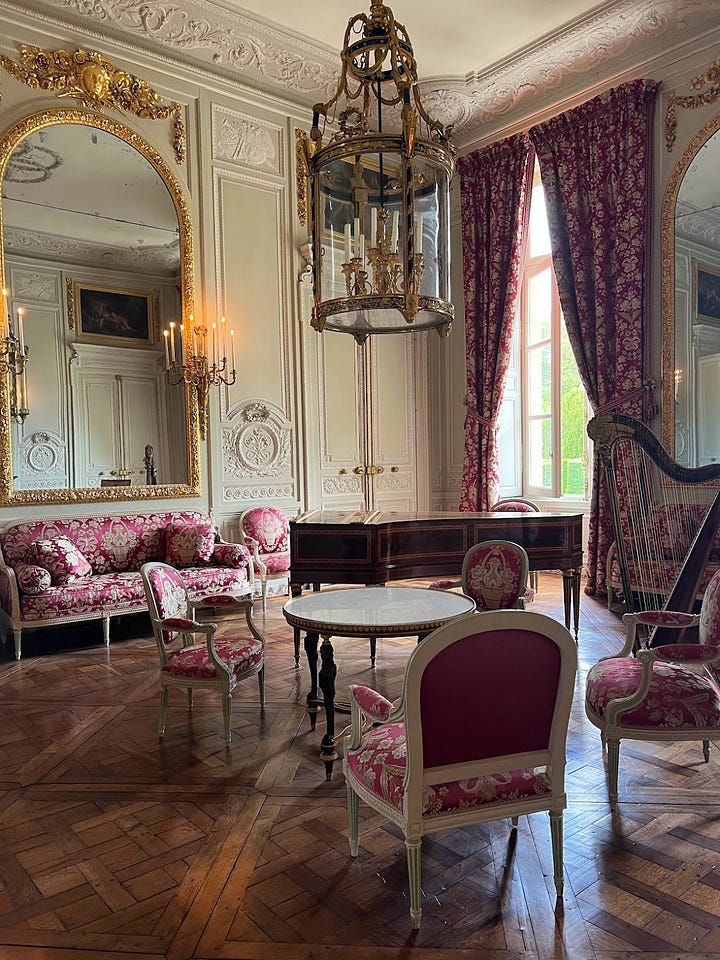
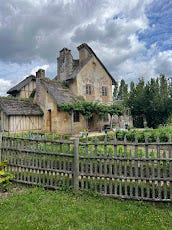

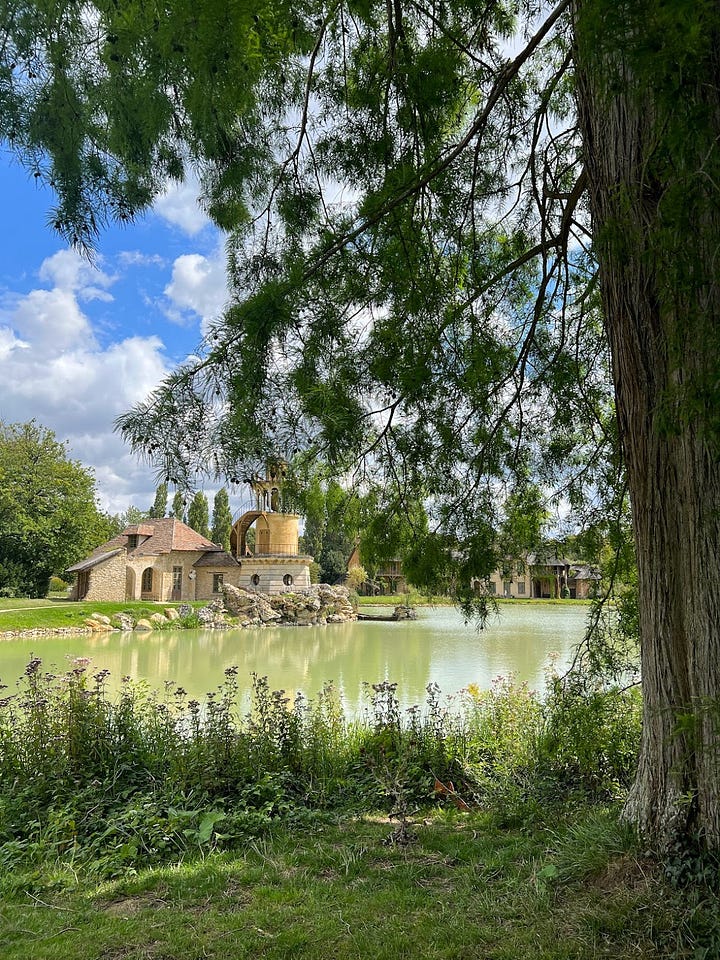
In 1774, Queen Marie-Antoinette received the Petit Trianon as a gift from King Louis XVI, as she has trouble adapting to life in the palace and needed a refuge from her life as a princess. She built a little fantasy hamlet nearby and pretended to be charming little dairymaid when the pressures of palace life got to her. The model village was inspired by the traditional rustic architecture of Normandy and included a windmill and dairy.
Out of touch, much?
Of course while Marie-Antoinette was building rustic villages to play in, the actual farmers of France were dying of starvation. Revolution was coming.
Perhaps it was a little strange that I was so excited to visit the Petit Trianon, as it’s become a symbol of the ridiculousness of royalty. But excited I was.
If you too, ever want to visit the Petit Trianon, a general ticket to the Palace of Versailles won’t do - you need to pay a bit more for a Passport Ticket. It’s lovely to visit though, especially during the summer when the Palace is crowded.
My family got to Versailles at 9am, when it opened. I’d purchased tickets ahead of time, so we skipped the line. This gave us about an hour to wander through the main Palace before it got crowded. As the tours descended around us, we escaped to the gardens and then, like Marie-Antionette herself, sought refuge from the crowds at the Petit Trianon. It’s about a mile walk to the Estate of Trianon. There is a little train you can pay for, but we took the shady path. Once there, it’s an additional walk through grassy meadows to the hamlet.
A lesson to teach:
As a faithful reader of my newsletter, you are well aware that I don’t really teach much about the French Revolution, sweeping that history aside in order to focus my student’s attention on the Haitian Revolution. However, since the two are linked, I do give a quick recap:
My recap: Marie Antoinette spent a lot of money on her hair, probably never said “let them eat cake,” women marched to Versailles, the royal family tried and failed to escape, their heads were removed, Robespierre sent everyone to the guillotine and then he was killed too and then Napoleon said “The Revolution is over. I am the Revolution.”1
And then I read them a few pages of NEVERS. In the scene, Niçois tells Odette about when Robespierre visited Nevers to rouse the working people of France. Niçois’s father was captivated by Robespierre. Then came the aftermath:
“It undid my father,” Niçois said. “…He was devastated by how viciously people hounded the nobility from their castles and mansions, dragged then naked through the streets and then cheered as their heads fell and rolled.”
“Yes,” Odette says. “My mother says the sound of a head falling to the ground echoes forever.”
“And then, with no more rich people in Paris, there were no more orders for faience. The faience factories shut down. People left their homes - left Nevers! - and moved to Lyon to work at looms in dark textile factories, far from their parents and even from their children. My father felt it was his fault…”
I love reading this to kids, because so often we never teach about the aftermath of Revolutions. Is this a product of being in America, where Revolutions are thought of as successful and glorious and fire-work filled?
I wonder if I should come up with a lesson comparing the rotten periods that follow revolutions? When I do come up with such a lesson, you faithful newsletter readers will be the first to hear about it.
Usually, this is the section of the newsletter where I provide links to my GoogleSlides and student worksheets, to help build lessons and unit plans.
I’m doing the opposite today. I’m going to give teachers some work to do instead.
Lucky you, teachers!
Your assignment, if you are a history teacher who loves reading, is to apply for the Notable Social Studies Trade Books for Young People Selection Committee. They accept applications all year long, but I believe the next round of decisions is being made in early March. Best get that application in by the end of February.
To be eligible, you’ll need to be a member of the National Council for Social Studies and a teacher, social studies/literature specialist, or librarian/media specialist in any educational setting—kindergarten through university level.
If you are among the lucky few who is accepted into the committee, then you will spend the summer receiving box after box of newly released books. There will be hundreds of them! You’ll need new bookshelves and everything!
You’ll get gorgeous picture books by Vashti Harris and Kwame Alexander. You’ll get delightful middle grade books by Kate Messner and Erin Bow. The latest highly coveted YA novels will arrive at your doorstep, with that new book smell and everything.
You know what else will arrive? Books that you’ve never heard of. Books like NEVERS. This, of course, if how I discovered NEVERS (and so, so many other books).
As a committee member, you’ll be responsible for reading about 180 books between June and December (remember, this includes picture book and middle grade novels, so 180 isn’t as daunting as it sounds). It’s a three year commitment, so every summer for three years straight you’ll get hundreds of books. I was on the committee from 2019 - 2021. Every summer since then I’ve lamented my lack of free books.
Each January you’ll meet with other committee members and the Children’s Book Council to decide which books belong on the NCSS Trade Book Recommended List. This list is published, along with annotations (oh, you’ll have to write a bunch of those annotation too) every summer to NCSS members. A non-annotated list goes public every spring. You can find past lists here. You’ll also be asked to go to the NCSS national conference and present the books, which is also great fun. There is also a committee of science teachers who do something similar, so go check that out if you are a science teacher who loves reading.
This is a great gig for those of you with young children. Not only will your own kids benefit from having a library of brand new picture books, but you’ll also have a stash of books to wrap up and give away every time your kids get invited to a birthday party.
Use all the money you save on your ticket to that NCSS conference. Or a trip to Paris.
Then I show them a John Green video and call it good.

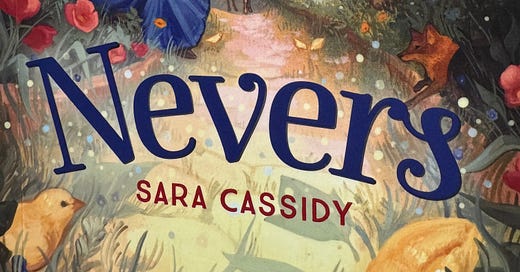


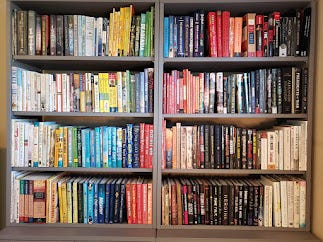
Jenna, this is why you need to be my history teacher. And tour guide. I could use a new mom, by the way.😊❤️
Take me away! This was such a lovely read!